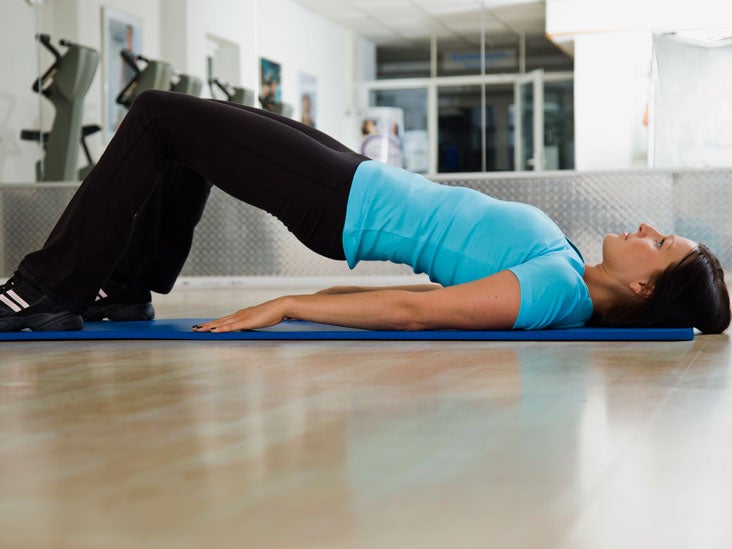
September 6, 2024
Pee Urinary Incontinence An Overview
Menopause And Urinary Incontinence This mechanical anxiety, integrated with hormone impacts, can weaken the pelvic flooring muscle mass, jeopardizing their capacity to maintain urinary system continence. As a result, lots of expecting ladies experience symptoms of urinary incontinence, such as anxiety urinary incontinence (SUI) or prompt incontinence, especially in the later stages of maternity. Women urinary system wellness is an intricate interplay of numerous elements, with hormone balance playing a vital role.Treatment
What is the hormone treatment for the bladder?
Information From Mayo Center
Figure out if you certify to get incontinence products totally free via your insurance coverage at the end of the page. An individual must speak to a doctor if they have any type of problems they might have reduced estrogen or if they are experiencing bladder signs. Reduced estrogen can likewise impact people outside of menopause, particularly after giving birth or throughout breastfeeding. As several as 15% of premenopausal females might have GSM-like Functional Incontinence symptoms because of this. Nevertheless, they can likewise drop during other stages of life, such as after giving birth or while breastfeeding. During this process, the posterior wall of the urethra shears off the anterior urethral wall surface to open up the bladder neck when intrinsic sphincter deficiency is present. Functional urinary incontinence is the lack of ability to hold pee as a result of factors other than neuro-urologic and reduced urinary system disorder. Videourodynamic studies are scheduled to evaluate complicated situations of anxiety urinary system incontinence. Urethral incompetence usually causes periodic urinary incontinence, usually at rest. Hormone treatment (estrogen) in postmenopausal women reduces urinary system frequency which brings about boost in the stamina of muscles around the bladder. Althoughbasic science in this area is restricted, a current placebo-controlled, randomizedclinical test of estrogen alone clarifies this concern. Urethral closureis depending on the integrated activity of the suburethral vaginal wall surface, thepubourethral tendons, the pubococcygeus muscular tissues, and the paraurethral connectivetissues. As you age, the muscles that support your pelvic body organs can compromise. This means that your bladder and urethra have less support-- commonly causing pee leakage. These medicines all have the potential to trigger uneasyness, tachycardia and hypertension. Ephedrine is administered at a dose of 4 mg/kg every 8 to 12 hours. Several big breed pets might be begun on 25 mg every 8 hours, increasing the dosage to 50 mg if there is no clinical feedback at the reduced dosage. Phenylpropanolamine has the same effectiveness and pharmacologic residential properties as ephedrine yet seems to trigger much less main nerves stimulation. The advised dosage is 1.5 to 2.0 mg/kg twice daily to three times daily. Pseudoephedrine is similar to ephedrine and phenylpropanolamine.- The boosting degrees of estrogen, along with the stress placed by the expanding unborn child on the bladder muscular tissues, leads to incontinence.
- Subtle obstruction and the effects of aging on smooth muscle and the free nerve system are 2 feasible contributors.
- If you have a chronic condition like diabetic issues or several sclerosis, you may have incontinence for a. extended period of time.
- The recommended dosage is 1.5 to 2.0 mg/kg twice daily to three times daily.
- Occasionally it is the first and just symptom of an urinary system system infection.
Social Links